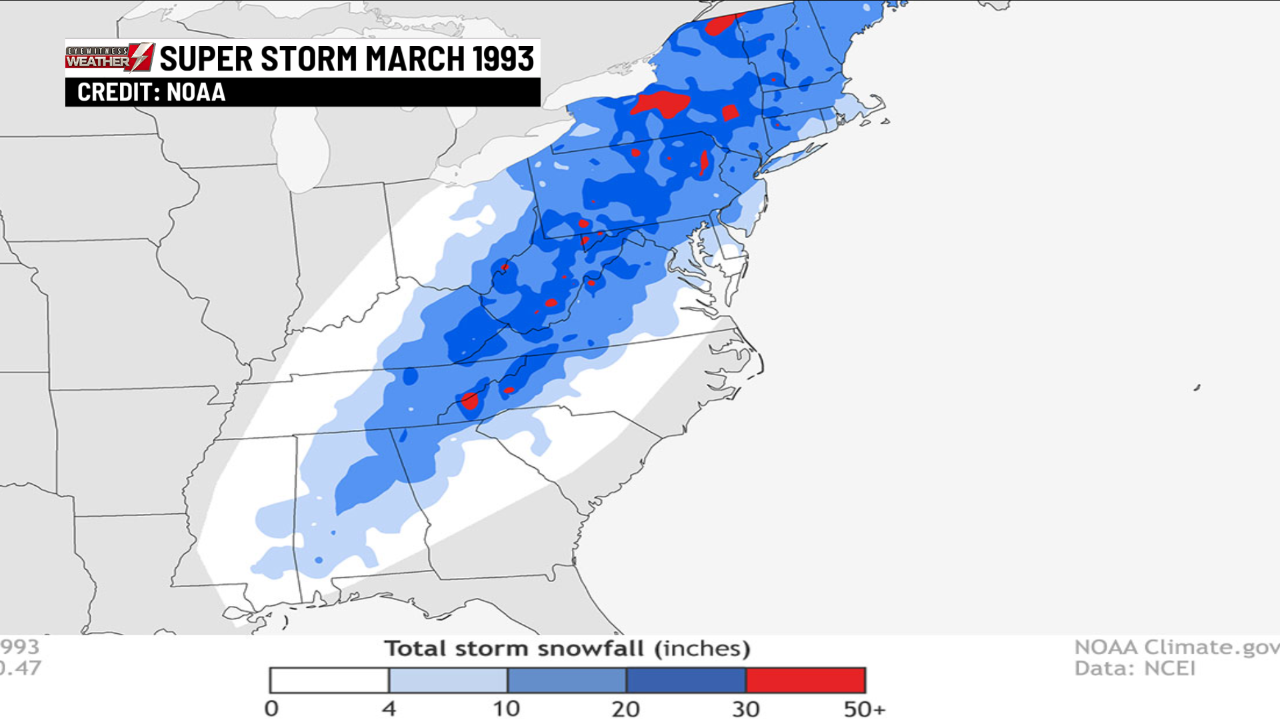
Introduction
The hobby of metal detecting, commonly referred to as being a ‘detectorist’, has surged in popularity across the United Kingdom. With advancements in technology and an increasing interest in history and archaeology, more individuals are embracing this pastime. Not only does it provide an engaging outdoor activity, but it also offers the potential for uncovering historical artefacts that connect us to our past.
The Growth of Metal Detecting
According to the National Council for Metal Detecting (NCMD), membership numbers have seen a noticeable increase in recent years. In 2022 alone, the council reported a surge of 30% more members compared to the previous year. This rise reflects a growing fascination with metal detecting as a hobby, particularly during the pandemic when many sought outdoor activities that adhered to social distancing guidelines.
Events such as rallies and organised digs have also contributed to the camaraderie among detectorists. These gatherings, where enthusiasts come together to hunt for treasure, have been embraced as a way to share tips and resources while indulging in the thrill of searching for hidden gems.
Recent Discoveries
2023 has already been promising for detectorists, with numerous significant discoveries making headlines. A group of detectorists in Norfolk uncovered a remarkable 1,500-year-old gold bracelet, speculated to belong to a high-ranking individual from the early Anglo-Saxon period. Finds like this highlight not only the excitement of the hunt but also the cultural and historical significance of the items being uncovered.
The Portable Antiquities Scheme (PAS), which encourages finders to report their discoveries, has also been instrumental in recognising and preserving these important artefacts for future generations. As of 2023, the PAS reported a record number of finds, reinforcing the importance of detectorists in the archaeological landscape.
Challenges and Regulations
However, the rise of the hobby has not come without its challenges. Issues related to land access, responsible digging, and the potential for treasure hunters to disturb archaeological sites have prompted discussions surrounding regulations. Local councils and landowners are increasingly setting strict guidelines, urging detectorists to respect private properties and understand the laws regarding treasure hunting.
Conclusion
As the detectorist community continues to grow, it plays a significant role in connecting people with history while fostering a sense of community among enthusiasts. The thrill of discovery, coupled with responsible practices, positions metal detecting as a rewarding hobby for many. With the integration of technology, accessibility to resources, and the potential for amazing finds, it seems that the love for this captivating pastime will only continue to flourish in the years to come.
You may also like

Comprehensive Snow Forecast for the UK This Winter

